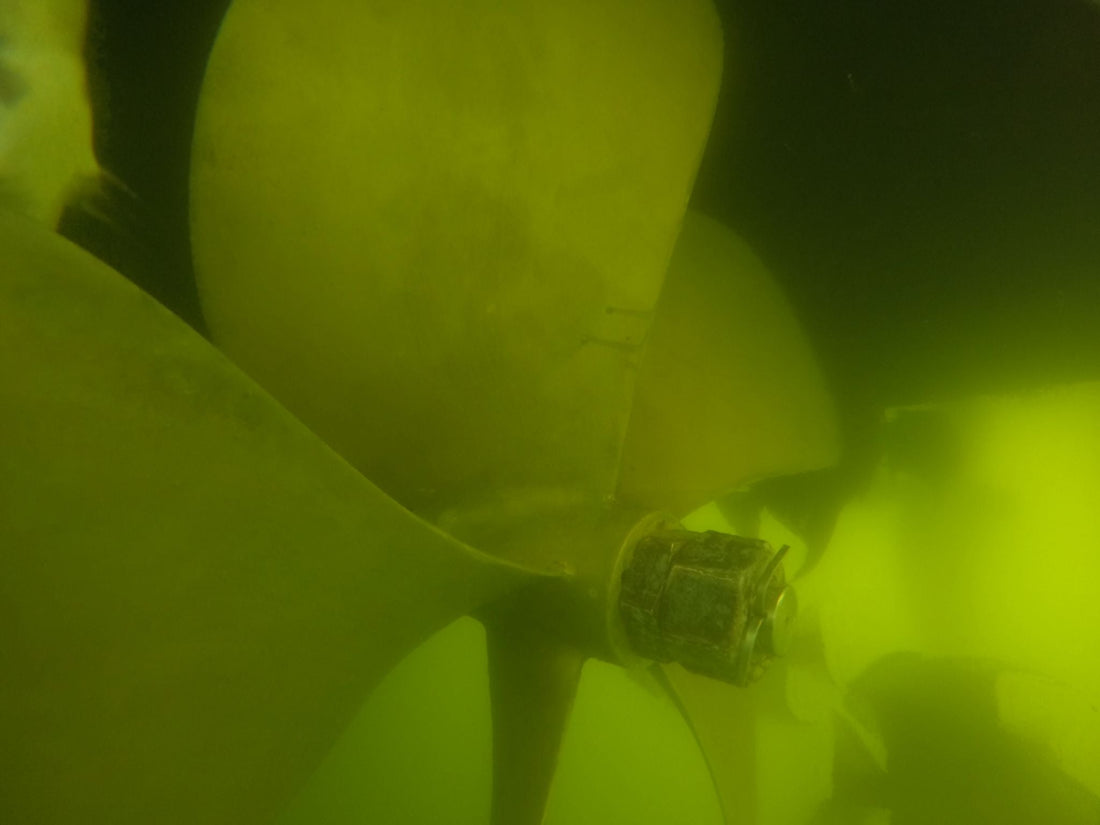
The Truth About Prop Nuts: Why the Thin Jam Nut Goes on First
Share
The Truth About Prop Nuts: Why the Thin Jam Nut Goes on First
The topic of how to install propeller nuts correctly often sparks debate among boat owners. While many might instinctively put the larger, thicker nut on first, established engineering principles and standards from organizations like the American Boat and Yacht Council (ABYC) and the Society of Automotive Engineers (SAE) recommend a different approach. The correct procedure for a two-nut system is to install the thinner jam nut first, followed by the larger, full-height nut.
Why This Order Is Correct
The reasoning for this seemingly counterintuitive method is rooted in how a jam nut system works. The primary purpose of the nuts is not just to hold the propeller on the shaft, but to create a secure, vibration-resistant lock.
-
The Role of the Jam Nut: When you install the thin jam nut first, you can tighten it against the propeller hub. This initial tightening provides a "preload" on the shaft threads.
-
The Role of the Full-Height Nut: When the larger, full-height nut is installed and tightened against the jam nut, it creates an opposing force. The greater number of threads and surface area of the full-height nut allows it to apply more force. This action pushes the jam nut against the propeller while simultaneously pulling the full-height nut tight against the jam nut.
-
Thread Engagement and Strength: This opposing pressure ensures that the threads of both nuts are forced to engage against opposite sides of the shaft's threads. The full-height nut, with its greater thread engagement, carries the majority of the load. This is a critical point, as a thicker nut is designed to handle more stress. If the full-height nut were installed first, the jam nut might not have enough force to create this locking action effectively, and the full-height nut could potentially vibrate loose.
Step-by-Step Guide for a Secure Installation
-
Preparation is Key: Before you start, ensure that the propeller shaft, propeller bore, and keyway slots are all clean and free of corrosion. A clean, smooth surface is essential for a proper fit.
-
Install the Propeller and Key: Slide the propeller onto the shaft with the propeller key properly seated in the keyways. Gently tap the propeller into place with a soft-faced mallet to ensure a tight fit on the tapered shaft.
-
Install the Jam Nut: Thread the thinner jam nut onto the shaft by hand until it's snug against the propeller hub.
-
Install the Full-Height Nut: Now, thread the larger, full-height nut onto the shaft. Use one wrench to hold the jam nut in place and another to tighten the full-height nut firmly against it. This creates the locking force that secures the nuts.
-
Final Security: If your system uses a cotter pin or other locking mechanism, install it as the final step to provide an extra layer of security against the nuts backing off.
By following this procedure, you are not only securing the propeller, but you are also utilizing the nuts in the manner they were designed to be used, ensuring maximum reliability and peace of mind on the water.
